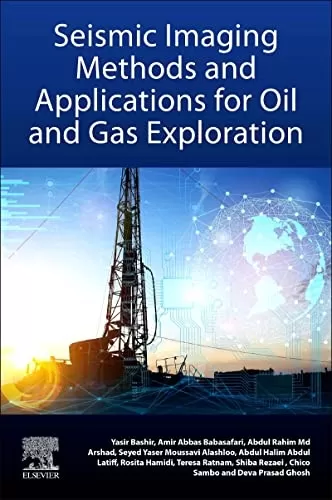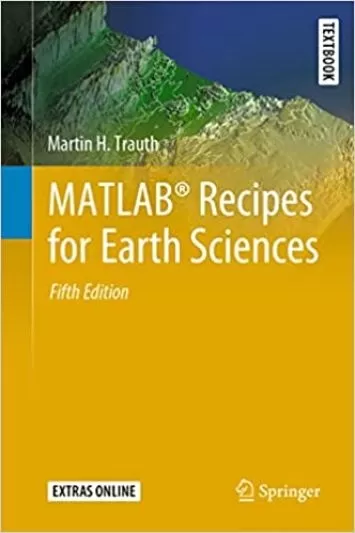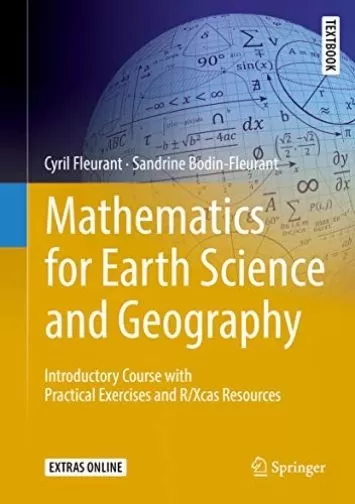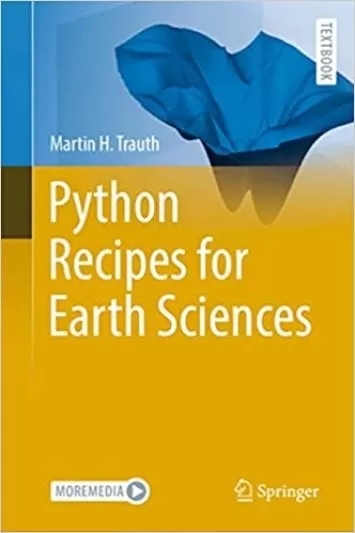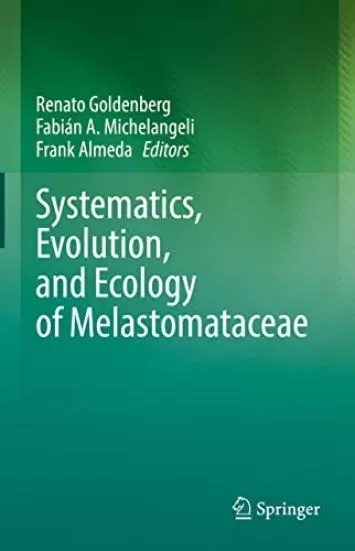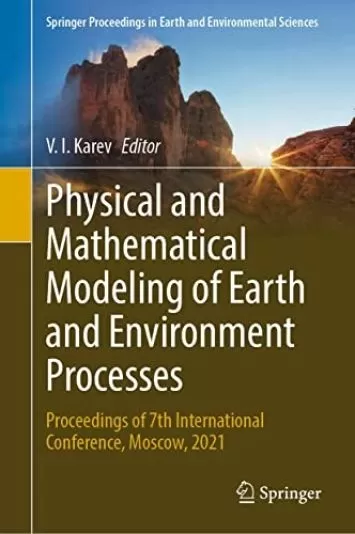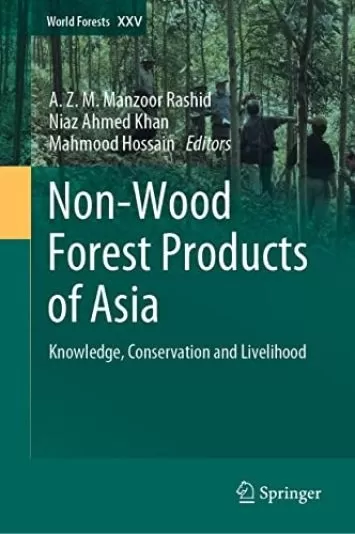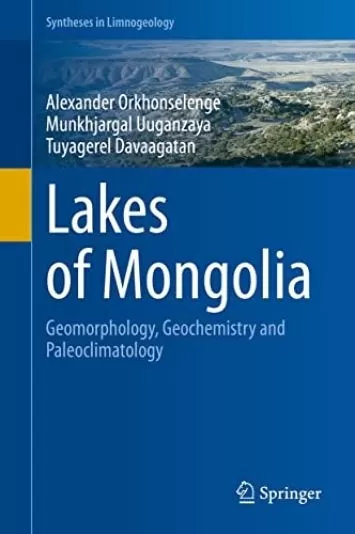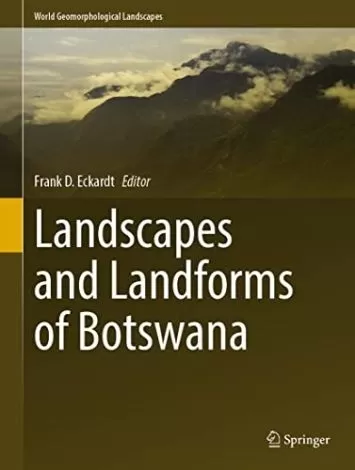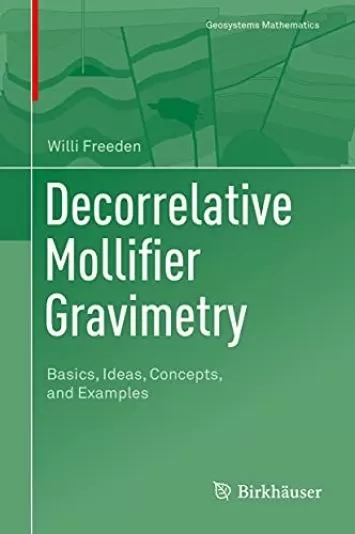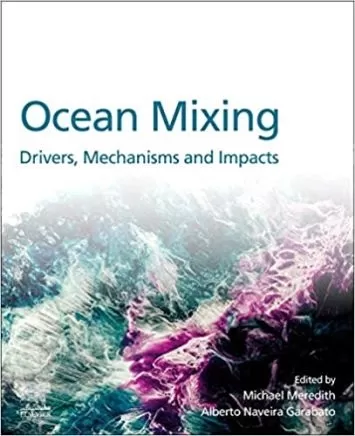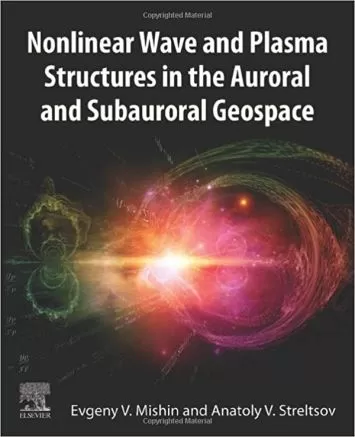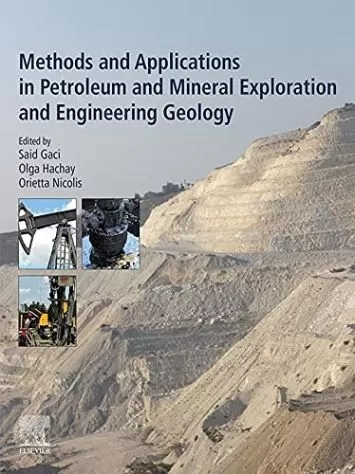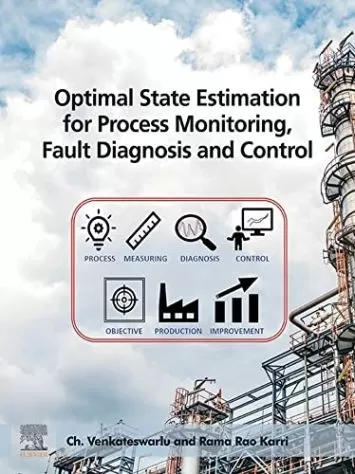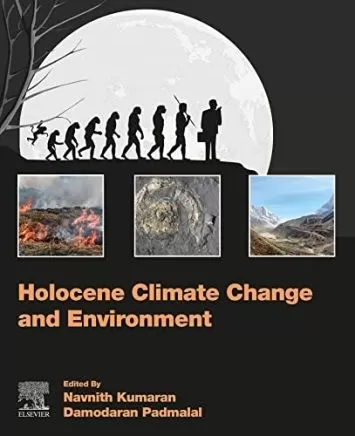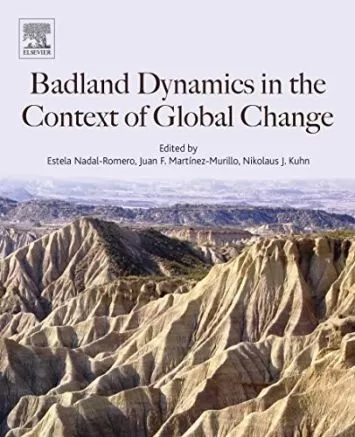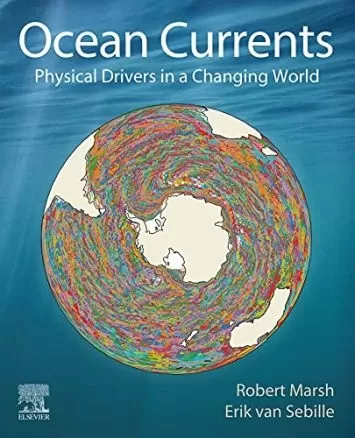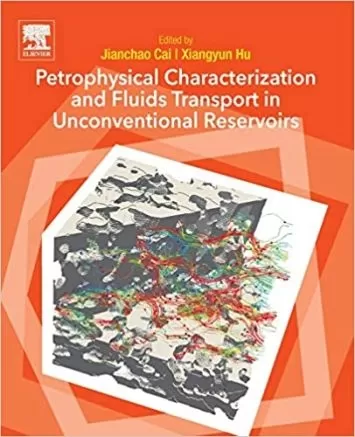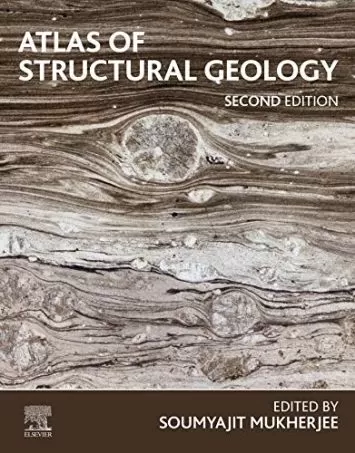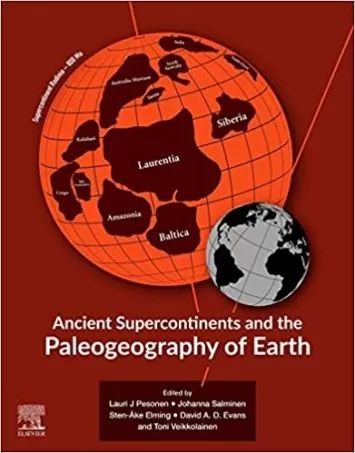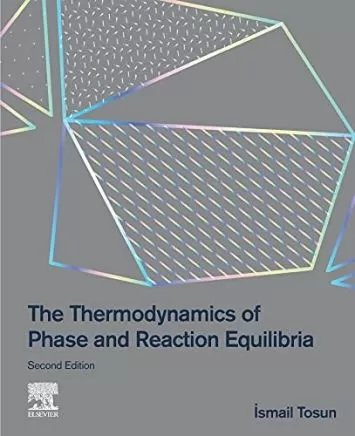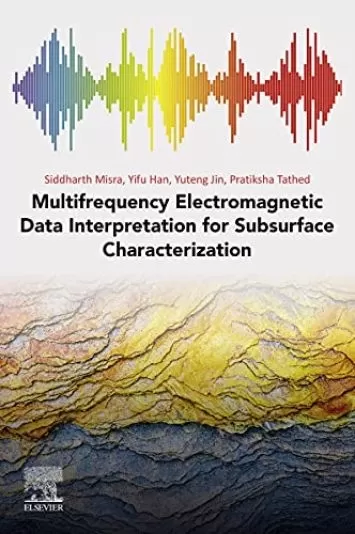About the Author
Yasir Bashir is an assistant professor at School of Physics, Geophysics Section in Universiti Sains Malaysia, Penang. He earned his PhD in Petroleum Geosciences from Universiti Teknologi PETRONAS, and master’s in computer science as well as in Geophysics from Quaid-e-Azam University, Islamabad, Pakistan. He worked as Research Scientist in Universiti Teknologi PETRONAS, Malaysia for 5 years and with OGDCL, Pakistan as Geophysicist. Technical background includes in aspects of developing algorithms including Machine learning for Seismic data processing, Imaging and developing workflow for seismic inversion and prospect evaluation together with hands-on practice. Participated as a team member and leader in several research projects from PETRONAS, Hitachi, UTP, and OGDCL such as Seismic anisotropy imaging, Seismic computing research, Pre-image processing & Diffraction Imaging, PSTM, PSDM, and QI. Research outcomes have recognized and presented in international conferences (SEG, EAGE, OTC, IPTC, and APGCE) and Journals publications. Problem solver with strengths in workflow development and quality control. Effective leadership skills in mixed-gender and multi-ethnic groups. Strong academic background with PETRONAS Institute of Technology, Malaysia. He is a member of SEG, EAGE, PGN, GSM, and PAPG.
Amir Abbas Babasafari is a reservoir geophysicist with over 10 years of experience in oil and gas industry. He received B.S. (2006) in mining exploration and M.S. (2008) in geophysics (exploration seismology). After that, he worked as a geophysicist in the oil and gas industry from 2008 to 2017 in Iran and got involved in several exploration as well as field development megaprojects. His main expertise is seismic data interpretation and reservoir characterization where he achieved invaluable experiences in clastic and carbonate reservoirs. He has recently obtained his Ph.D. degree in petroleum geoscience (seismic exploration) at Universiti Teknologi PETRONAS, Malaysia (January 2020). His interests range widely, from seismic data processing to interpretation. However, he is more interested in seismic data interpretation, velocity model building, rock physics modeling, seismic data inversion, anisotropic AVO analysis, machine learning techniques for petrophysical properties prediction and lithofacies classification, seismic fracture study, pore pressure prediction, and 4D (time lapse) studies. He is currently a postdoctoral research fellow at Center for Petroleum Studies of Campinas University, Brazil. He is eager to learn and discover new aspects of exploration and also share his experiences with others.
Abdul Rahim Md Arshad received his BSc in geophysics from the University of Western Ontario, London, Canada in 1987. From 1989 to 2001, he was a geophysicist with PETRONAS Research & Scientific Services Sdn Bhd working on specialized seismic processing projects that include velocity model building, depth migration and AVO analysis. In 2001, he joined Veritas DGC Sdn Bhd as a Processing Manager. CGG merged with Veritas in 2007. Abdul Rahim remained with CGG until 2016 when he left the company as a Geophysical Supervisor. He was an Adjunct Lecturer with the Department of Geosciences, Universiti Teknologi PETRONAS (UTP) from 2014-2016. Abdul Rahim is currently pursuing a PhD with UTP. His research interests include demultiple, non-linear imaging, velocity modeling and Marchenko redatuming. En Abdul Rahim is an Active Member of SEG since 2001 and a Member of EAGE since 2006.
Seyed Yaser Moussavi Alashloo is an assistant professor in Institute of Geophysics, Polish Academy of Sciences. He worked as a postdoctoral research fellow at the Centre of Seismic Imaging (CSI), Universiti Teknologi PETRONAS (UTP) for two years. He obtained his Ph.D. in petroleum geosciences from UTP in 2017, with focus on seismic imaging, seismic anisotropy and wave propagation. He received his MSc. in applied geophysics from Universiti Sains Malaysia. He collaborated with PETONAS R&D department in different projects to develop anisotropic wave modeling and anisotropic traveltime computing algorithms to improve the resolution and imaging capabilities. His current research deals with the wave propagation and wavefield continuation imaging techniques, and application of least squares RTM in near surface and complex crustal scale geologies. He is a member of EAGE, SEG, and EGU.
Abdul Halim Abdul Latiff is currently leading the Centre for Subsurface Seismic Imaging (CSI), an oil and gas industry-oriented research centre in Universiti Teknologi PETRONAS (UTP). He obtained his MSc and Doctorate from UTP and Universiti Sains Malaysia (USM) respectively with special interest in seismic acquisition and deep-earth seismology. His main area of expertise is in seismic processing and imaging, both for active and passive seismic (including earthquake seismology). With several years as an industry practitioner with CGG Malaysia as well as researcher and academician with UTP, Halim is on a mission to spread the knowledge in geosciences and nurturing more earth scientist for a sustainable and better future. --This text refers to the paperback edition.
